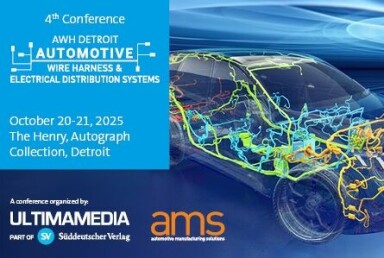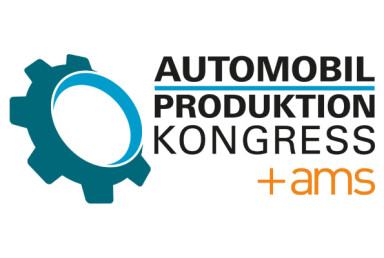Toyota reorganises North American manufacturing into three pillars and seven regions as part of its long-term production and logistics strategy
Toyota has unveiled a sweeping reorganisation of its North American manufacturing, dividing operations into three strategic pillars and seven regions, alongside executive changes aimed at EV growth and production agility.

Toyota’s latest reshuffle of its North American manufacturing operations offers a rare glimpse into how the Japanese carmaker is adjusting its industrial strategy to meet the pressures of electrification, digital transformation and increasingly regionalised production. The company is introducing a new operational framework centred around three strategic pillars and seven geographic regions, supported by a string of executive reassignments.
The new structure, effective from 19 May 2025, divides Toyota’s manufacturing into three functional pillars: Manufacturing Business Operations, Manufacturing Operations and Production Engineering. These will coordinate across seven regional clusters, delineated by operational complexity, scale and scope.
”The promotions and retirements mark a generational handover in leadership, bringing in new figures who are likely more attuned to the demands of a digitised, electrified production future”
Under the Manufacturing Business Operations pillar, Stephen Brennan has been confirmed as senior vice president and executive safety officer. Brennan will be responsible for overarching manufacturing strategy including electric vehicle supply, project management, digital technology integration, production efficiency, and environmental and facilities operations. He reports to Takefumi Shiga, executive vice president of Manufacturing.
Supporting Brennan in the first regional cluster is Kerry Creech, who remains president of Toyota Motor Manufacturing Kentucky (TMMK) while taking on additional responsibility as group vice president of Manufacturing Region 1. He will continue to report to Brennan.
The Manufacturing Operations pillar will now fall under the leadership of Kevin Voelkel, who is promoted from his current role overseeing vehicle plants to senior vice president of Manufacturing Operations. Voelkel will now be responsible for all vehicle and unit plants in the region.
”This emphasis on regions grouped by production complexity and volume indicates a shift toward more tailored, responsive management, better suited to fluctuating market demands and regulatory pressures”
The third pillar, Production Engineering, will be led by Susann Kazunas, who was earlier promoted to group vice president and executive engineering officer. Kazunas will spearhead new product launches across Toyota’s North American manufacturing network. She will report to Shiga and transition out of her current role as president of TMMTX.
This restructuring offers more than a new chain of command. By creating a decentralised regional system and placing EV and digital operations squarely within the remit of its top manufacturing strategists, Toyota is signalling a deeper commitment to agility, localisation and forward-planning.
This emphasis on regions grouped by production complexity and volume indicates a shift toward more tailored, responsive management, better suited to fluctuating market demands and regulatory pressures. Toyota’s continued mantra of “building where we sell” is increasingly being redefined not just as geographic proximity, but operational synchronisation.
Analysis and conclusion: Toyota shifts to regionalised model to boost EV agility and supply resilience
Toyota’s restructuring appears to be a strategic response to several converging forces. Electrification, production complexity and supply chain localisation are all reshaping the demands on automotive manufacturing networks. By shifting from a plant-centric to a regionally managed model, Toyota is attempting to decentralise decision-making and increase responsiveness to regional variation in infrastructure, labour availability, and regulations.
The alignment of EV operations and production engineering under clearly defined pillars, with digital and efficiency improvements explicitly called out under Brennan’s remit, suggests Toyota is using this moment to reinforce its long-term investments in electrification and digital manufacturing. The changes also appear to address the challenge of scaling up EV output without undermining core ICE production, by allowing different regions to evolve at different speeds based on their readiness.
Read more Toyota stories
- Honda turns to Toyota for hybrid batteries in the US
- Toyota develops AI tools to connect and automate warehouses
- How the EV shift sparked integrated Design For Manufacture (DFM)
- BMW and Toyota collaborate on powertrains for hydrogen FCEVs
Toyota may also be pre-emptively managing supply chain volatility by empowering local leadership with more autonomy, reducing the need for constant cross-border coordination. Furthermore, the promotions and retirements mark a generational handover in leadership, bringing in new figures who are likely more attuned to the demands of a digitised, electrified production future.
Ultimately, the move suggests Toyota is not only planning for incremental efficiency, but preparing its North American operations to operate more like a network of interlinked hubs rather than a centralised hierarchy. It is a move that mirrors the global trend toward regionalised and resilient manufacturing, while still aiming to retain the consistency and scale that underpin Toyota’s global brand.




